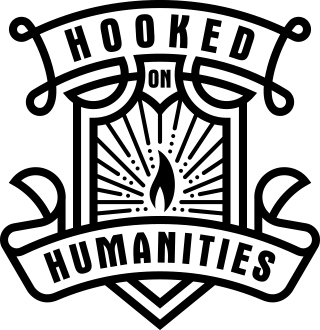Source Study Set One has been 're-packaged' from the Semester One Examination (2016) produced by Hooked on Humanities. The Modern History ATAR paper was written strictly according the design brief set by SCSA and is accompanied by a marking key. You are welcome to download Source Set One for your students in preparation for the Mock Examinations later in the year and for the final ATAR Modern History Examination. You can download your free copy of Year 12 Russia and the Soviet Union Source Set One here.
{Review}: Year 10 History - Investigating Rights and Freedoms
Depth Study 2: Investigating rights and freedoms require students to have an understanding of the extent to which the American Civil Rights Movement influenced Aboriginal and Torres Strait islander activists in Australia. In particular, students need to investigate the methods used by African Americans in the lead up to the 1964 Civil Rights Act which was passed under President Lyndon B. Johnson.
The Library of Congress published a free resource in 2014 to commemorate the 50th anniversary of the Civil Rights Act. The resource contains a plethora of primary sources which focus on the impact of segregation on African Americans and the various methods they employed to fight for equality. The Idea Book for Educators contains numerous teaching ideas designed to engage students in this important subject. Students can also access various interviews through the Library of Congress to investigate the role music and songs played in the shaping of the civil rights movement. Printing class sets of this resource will provide teachers with a ready 'text' of primary resources which will set the context for Depth Study 2: Investigating Rights and Freedoms.
{Capitalism: the American Experience}: Immigration 1900-1941
The Immigration Review is a 14-page teaching resource with a focus on immigration to the United States of America from the turn of the twentieth century to 1941. As such, this resource examines the rise of anti-immigration sentiments and the consequent implementation of immigration restrictions and the experience of migrants. Contained within this resource are a range of primary and secondary sources: political cartoons, speeches, photographs, tables and graphs, songs and a webcast. Activities are designed to encourage empathy, creativity, collaboration and critical thinking. Research has found that one of the most important ways to elicit critical thinking is to examine sources of information so that students can make inferences, make judgements about perspectives and form their own conclusion. We envisage that this rich resource will bring variety and rigorous classroom discussions. For the latest of the Statue of Liberty and its connection to immigration, read this article by Donald Trump's adviser, Stephen Miller. You will find this resource here.
{World War I}: Indigenous Australians
View of the ruined church at Villers-Bretonneux, c. 1918.
The Perth Mint has produced gold and silver coins to commemorate the 100th anniversary of the Returned and Services League of Australia (RSL). The RSL was formed in 1916 to provide support to men and women who shared the war experience. It is timely to reflect on this important anniversary and to consider the part played by Indigenous Australians during the war and in the years after their return to Australia.
There is a great deal of information on the experiences of Indigenous Australians' experiences from enlistment through to their homecoming experience of 'back to being black'. A close look at the experience of one individual can be a powerful way of not only enhancing student understanding of this important subject, it also elicits an empathetic response. As Harper Lee wrote: "...you never really know a man until you stand in his shoes and walk around in them".
The Department of Veterans' Affairs published an outstanding secondary resource Indigenous Service in 2013. This resource includes a close look of Private Daniel Hodgekiss' experience on his return from war. An excellent set of primary sources are provided for student investigation including a letter which reveals his admission into hospital for a gun shot wound. You will be able to access this brilliant resource here. Used in conjunction with this resource from the Australian War Memorial, students will get a full understanding of the experience of one man's experience at Villers-Bretonneux and consider deeper questions such as this one: "Many Aboriginal servicemen recalled that their time spent serving in the AIF was the first time they felt they had been treated as equals. Why do you think this was the case?"
As we prepare to commemorate Anzac Day on 25 April, let us not forget the sacrifice made by all Australians.
{Review}: Year 10 World War II
This resource will serve to extend student understanding on the impact of the Second World War and look beyond the content descriptors set by the Authority. Students often walk past War Memorials without careful consideration of their full meaning. The activities in this FREE resource is based on a book by Jay Winter Sites of Memory, Sites of Mourning. The resource provides a framework from which teachers can construct a meaningful evaluation on the social impact of war on future generations. It will certainly encourage students to view War Memorials through 'new' eyes.
A number of experiential and creative activities are shared with teachers to ensure the examination of War Memorials becomes a highly engaging learning experience. This resource will make the conclusion of this unit more meaningful. You will find this resource here. Monument Australia can be used by students to access the various monuments and memorials that have been built throughout Australia. You will find the link to this excellent website here.





